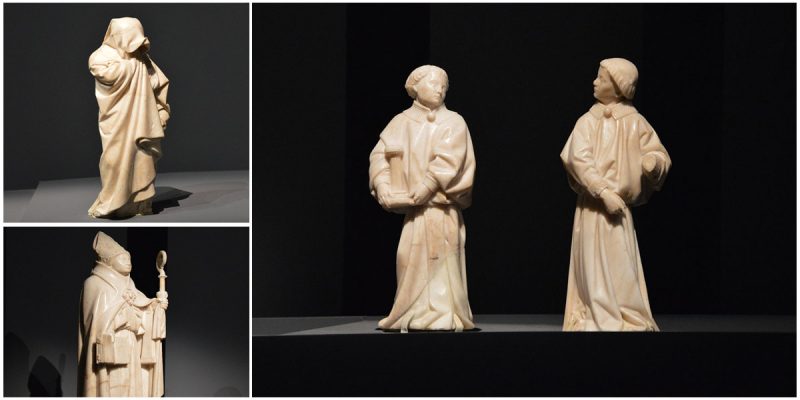The Mourners of Dijon are tomb sculptures from the Court of Burgundy, made for the tomb of John the Fearless, between the 14th and the 15th century. They are a part of the most profound and original art of that times which was made by the sculpture workshop of the court.
These new iconographical sculptures became a tradition until the end of the 15th century. The workshop was led by Claus Sluter and his followers, and besides the tomb of John the Fearless, the other best-known tomb decorated with this mourners was the tomb of Duke Philip the Bold.
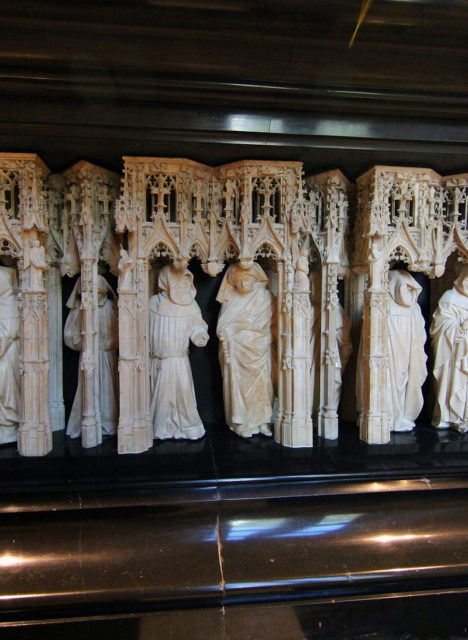
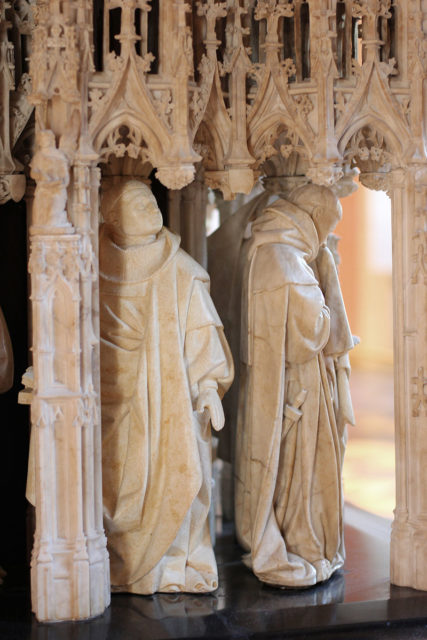
Today, these ducal tombs are installed in the Musee des Beaux-Arts in Dijon, and their previous location was in the Carthusian monastery in Dijon, Champmol. The tomb of Philip the Bold was completed in 1410, and some parts of his tomb are imitations that can be seen on the tomb of John the Fearless.
The tombs of John and Margaret of Bavaria were begun in 1443 by Juan de la Huerta and completed in 1470 by Antoine Le Moiturier. The journalist Fernand Auberjonois has best described these statues. According to Wikipedia, he said that each mourner is a perfect example of medieval statuary.
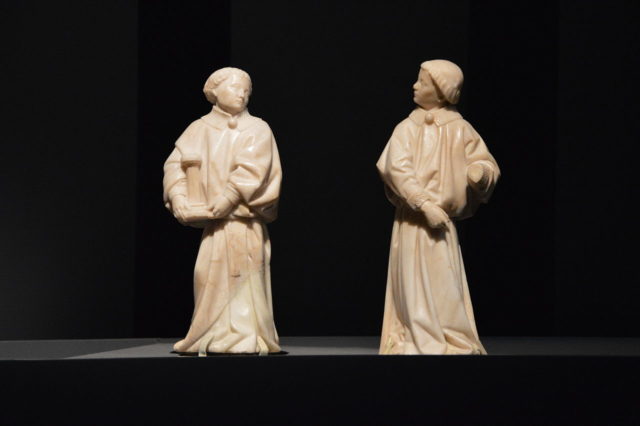
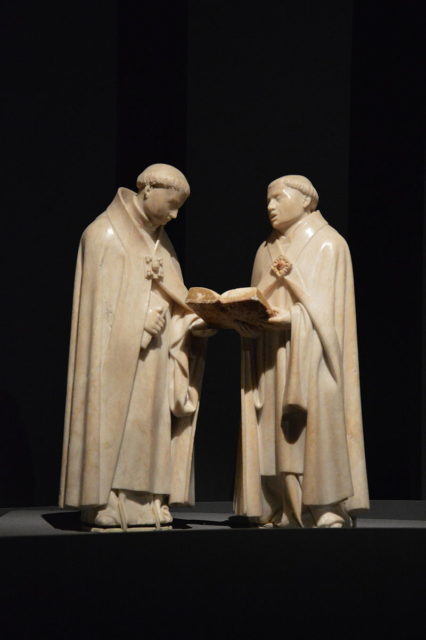
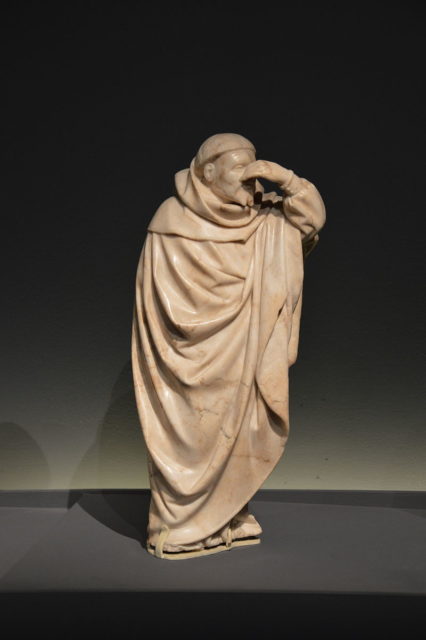
Every statue expresses grief in many different shapes, as monks, priests, and choirboys. Some of these figures are entirely covered in drapery, which was considered a highly authentic mean of expression. They are placed in the ornate Gothic arcade beneath, and each of them stands differently, some of them are wiping their tears, while others hide their faces in the robes.
Originally, there were 82 mourner sculptures, but a dozen of them went missing during the French Revolution. Some of them were replaced, and others were restored by the architect Claude Saintpere in 1819. One of the sculptures, in a shape of a choirboy, was returned in Dijon in 1945 by Percy Moore-Turner.
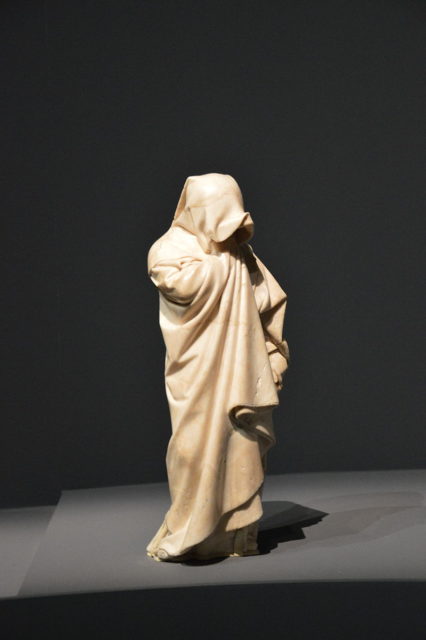
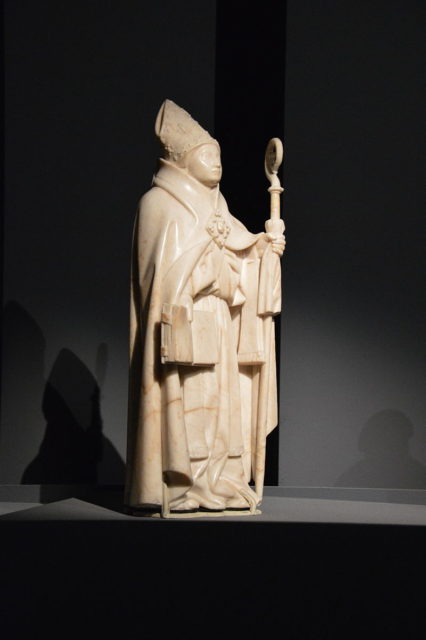
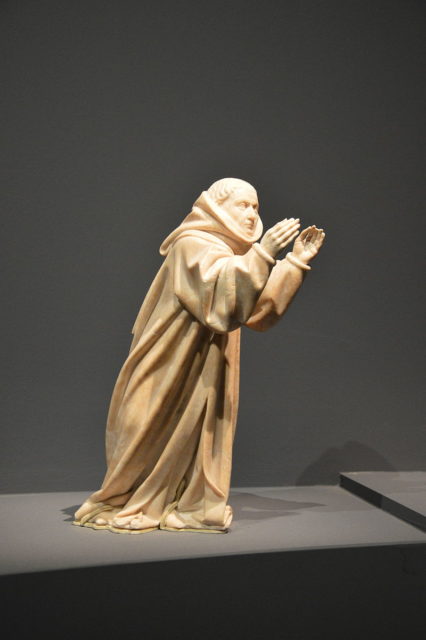
A few years later, the Cluny Museum returned two more, and the Louvre donated its mourner to the museum in Dijon. Four mourners were in possession of the American collector, Clarence Mackay who bought them in a shop in Nancy, France.
When he died, the mourners were sold to the Cleveland Museum of Art where, today, are on permanent display. In 1959, the director of the Cleveland Museum gave replicas of the four sculptures to the museum in Dijon. Only two niches have remained empty, and it is believed that these sculptures were destroyed in the period of the French Revolution.
